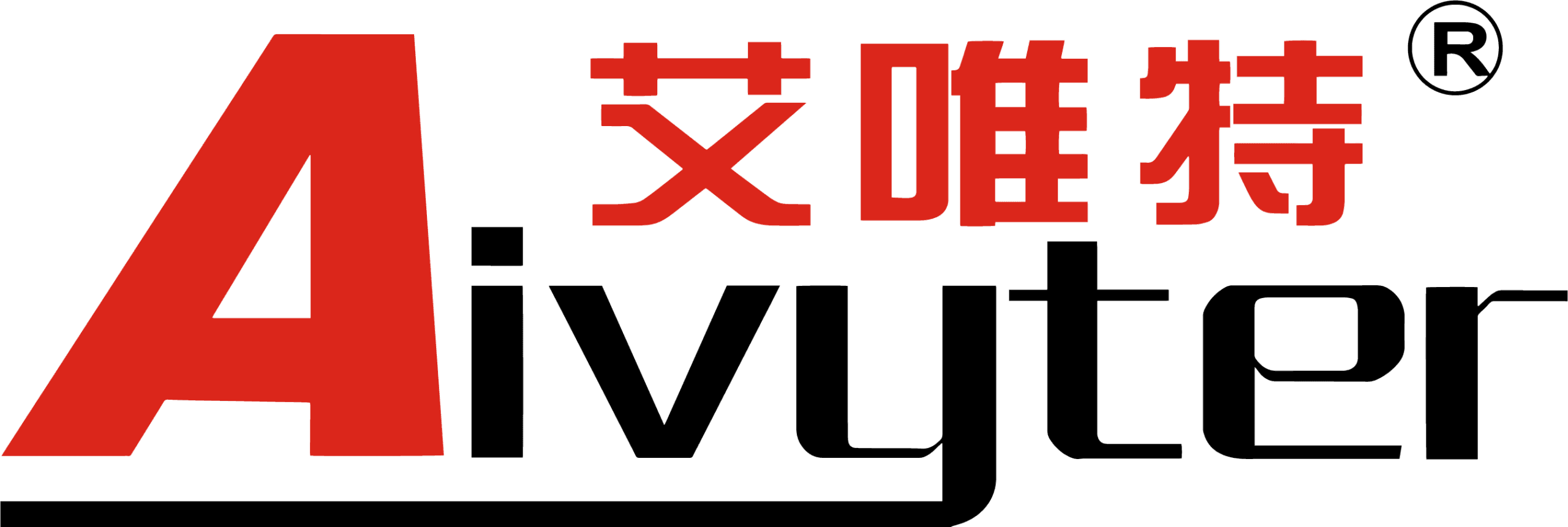What Are Air Compressors?
An air compressor is a machine that converts power into potential energy by forcing air into a smaller volume, which increases its pressure. An electric motor or gas engine drives a pump that draws in atmospheric air, compresses it into a storage tank, and releases it on demand via a valve.
Types of Air Compressors
- Reciprocating (piston-driven): single‑stage or two‑stage
- Rotary screw (positive displacement): oil‑flooded or oil‑free
- Centrifugal (dynamic compression): multi‑stage
Single‑Stage Compressors
Compresses air in one piston stroke to around 120 psi before storing it.
How They Work
- Intake: Piston moves down, inlet valve opens, drawing in air.
- Compression: Piston moves up, compressing air.
- Delivery: Outlet valve opens, sending air into tank.
Key Components
| Component | Function |
|---|---|
| Cylinder | Houses piston & valves |
| Piston | Compresses air |
| Inlet/Outlet Valves | Control airflow |
| Crankshaft | Converts rotary to reciprocating motion |
Pros & Cons
- Pros: Affordable, lightweight, energy‑efficient.
- Cons: Limited to ~150 psi, can overheat under continuous use.
Ideal Applications
- Woodworking: sawing, nailing, drilling, sanding
- Metalworking: shearing, grinding, riveting, ratcheting
Two‑Stage Compressors
Compresses air in two strokes—low‑pressure stage then high‑pressure stage—reaching up to 175 psi.
How They Work
- Low‑Pressure Stage: Inlet air → first piston → intermediate pressure.
- Intercooling: Air cools in intercooler to reduce work for stage two.
- High‑Pressure Stage: Second piston compresses cooled air further → tank.
Key Components
| Component | Function |
|---|---|
| Low‑Pressure Cylinder | Initial compression |
| Intercooler | Cools air between stages |
| High‑Pressure Cylinder | Final compression |
| Valves & Pistons | Control and compress airflow |
Pros & Cons
- Pros: Higher pressure, continuous use, more efficient.
- Cons: Higher cost, heavier, less portable.
Ideal Applications
- Automotive: lifts, impact wrenches, painting
- Aerospace/Military: cutting, fastening, finishing
- Food & Beverage: molding, filling, sealing, labeling, packaging
Single‑Stage vs. Two‑Stage: Key Differences
| Criteria | Single‑Stage | Two‑Stage |
|---|---|---|
| Compression Process | One stroke | Two strokes + intercooler |
| Max PSI | 120–150 psi | Up to 175 psi |
| Efficiency | Good for intermittent use | Better for continuous, cooler operation |
| Applications | Home & workshop tools | Industrial & heavy‑duty |
| Cost | Lower upfront | Higher upfront, lower operating cost |
How to Choose the Right Compressor
- Air Pressure Needs: Check PSI requirement of your tools (e.g., nail gun 70–90 psi, impact wrench 90–100 psi).
- Frequency of Use: Occasional (single‑stage) vs. continuous (two‑stage).
- Budget: Balance initial cost vs. long-term energy & maintenance savings.
- Portability: Single‑stage is compact; two‑stage is stationary.
- Space: Ensure adequate footprint and ventilation for two‑stage units.
Conclusion
Single‑stage and two‑stage compressors each have their strengths. Single‑stage units are cost‑effective and portable for intermittent tasks, while two‑stage models deliver higher pressure, efficiency, and durability for continuous industrial use. Evaluate your PSI requirements, usage frequency, budget, and portability to select the best compressor for your workshop or facility.
asssssssssssssssssssssssssssssssssssssssssssssssssssssssssssssss

